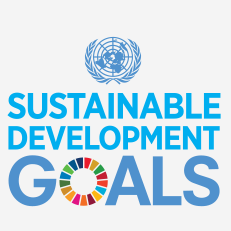Measuring impact over time
One of the biggest trends in investment right now is the notion of “impact investing”. Impact means different things to different people, but in terms of social impact, the popular variables I see being considered are b-corps, and priority towards a UN SDG. What I’ve not seen yet is a way to measuring the ongoing impact, and that’s what this article is about.

A quick reminder if you’re investing in companies, one of the tools you and your team can use is a Decision Tree template, which allows you and your team to not only define the success criteria of your decision making, it allows you to weight each of them to find any gaps in value and goal alignment between you and your co-investors. Generally investors in the same pool or fund usually agree on terminology for success criteria, but in my experience, they’re not always aligned on the priority of each as this is hard to communicate without a tool.
As an example, most investors agree that you’re “betting on the horse” in reference to a founder, but what makes that founder strong could be nuanced – is it their reputation? Their perseverance, skill set, network affect, and/or education? Chances are high there is a lot of nuance there to be distinguished, but Decision Tree is already known to bring these to the forefront to be resolved.
For the sake of brevity, let’s assume your fund is social impact based, and so on top of the regular success criteria such as “likeliness of co-founders to succeed”, “time to market”, and “traction”, you also measure against being a b-corp and UN SDGs, or “social impact”. This all works now in Decision Tree, and makes sense if you use this tool.
I’ve been asking impact investors how they establish if their funded companies are maintaining impact as a priority, and I’ve been hearing that this is a hard thing to measure that no one seems to have solved. This is a fairly easy thing to solve for if the leadership team of your funded companies are using Decision Tree for their major decisions, as it will force their stated impact to be success criteria with each decision, and force the team to weight the consideration of impact on that decision. What that provides, unique to our platform, is a dynamically updated, real-time update as to the priority of impact in that team’s decision making that can be referenced any time.
Not only does the tool show the weight of the standard values and goals such as revenue, traction, etc, in decision making – it will show the entire team how important their stated impact is, on their decisions. This is useful for leadership teams themselves, but also useful for investors who want to ensure that impact remains a priority over the short, medium, and long-term and that it wasn’t just a marketing tool to secure funding.

Leave a comment